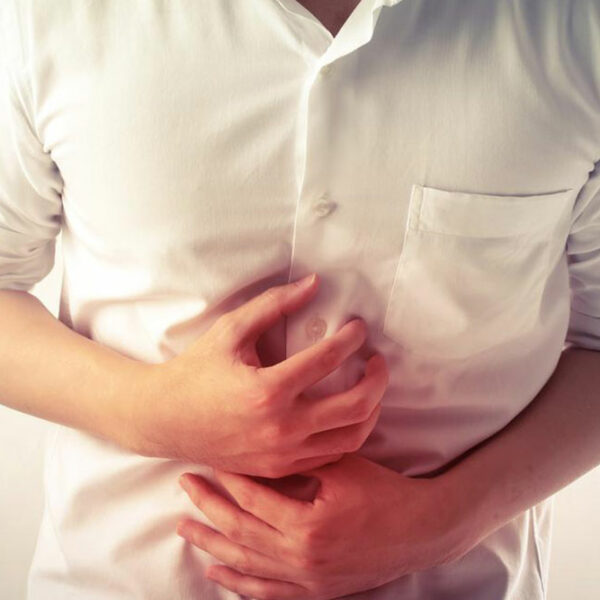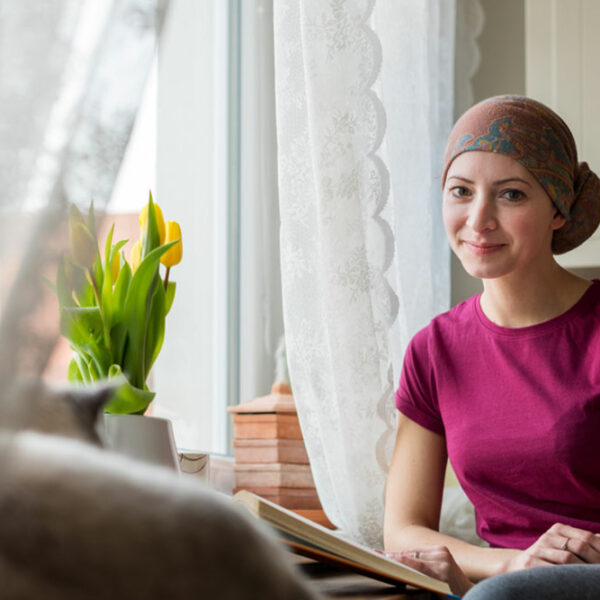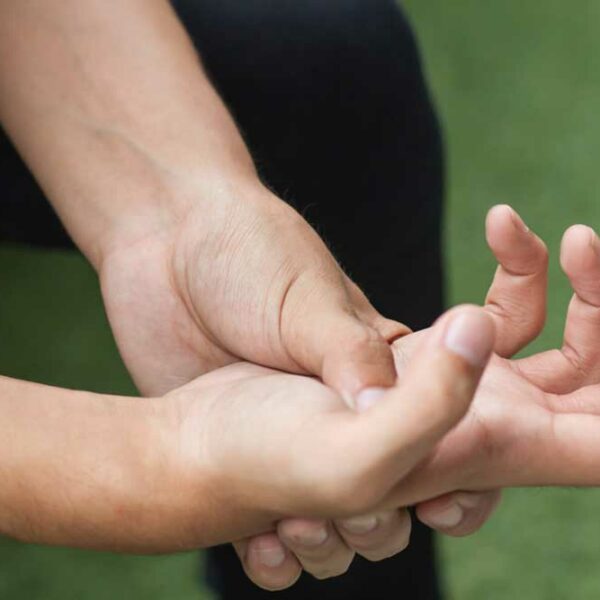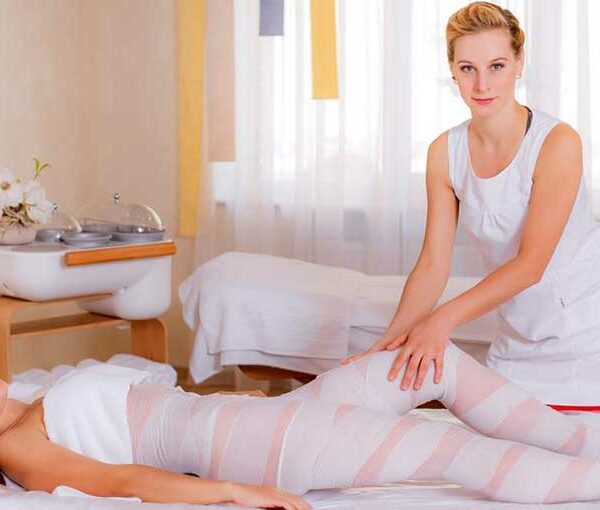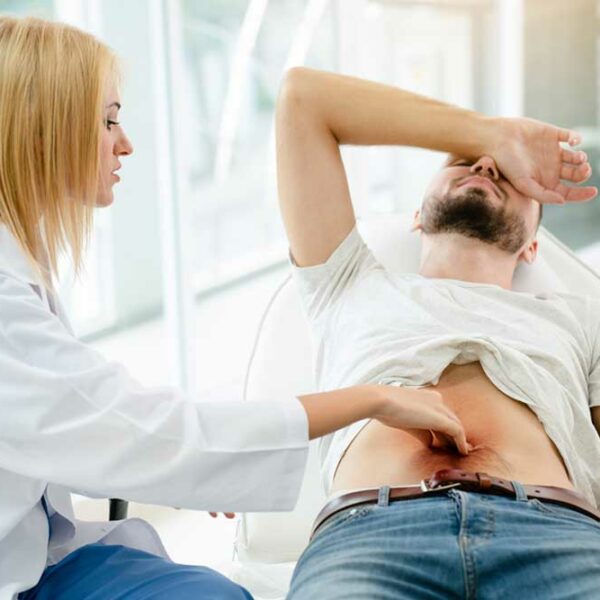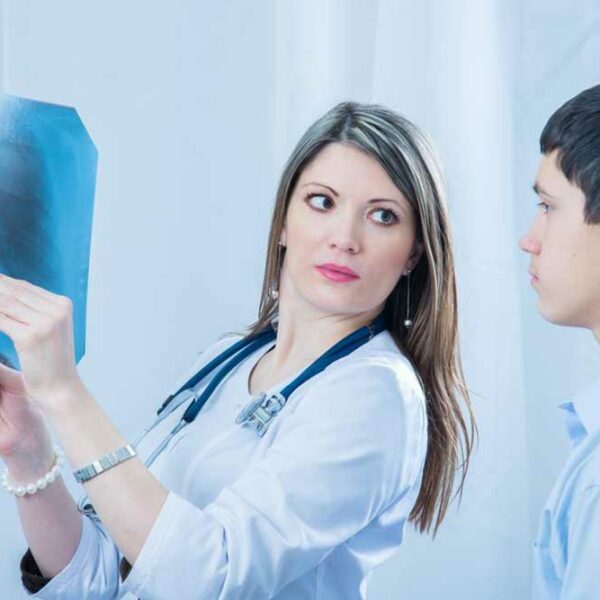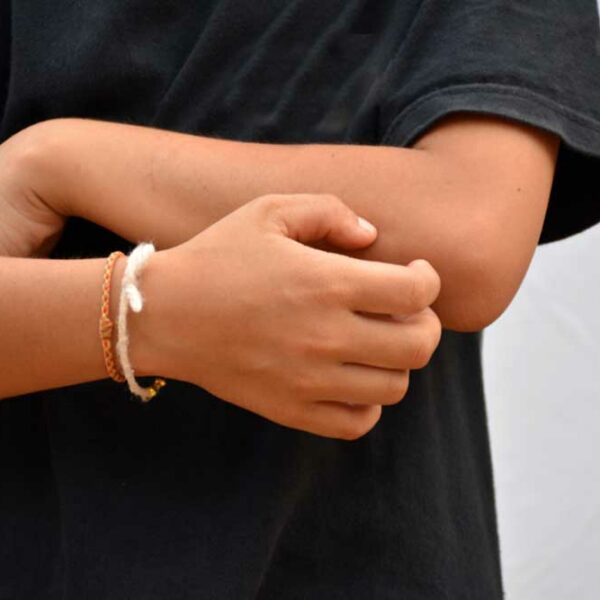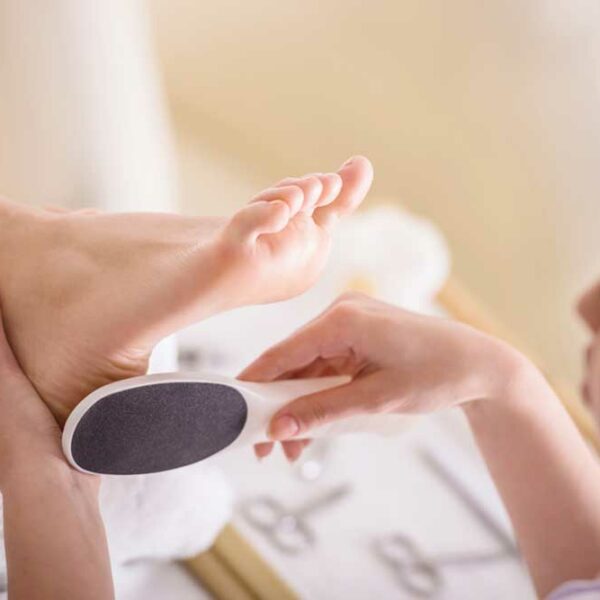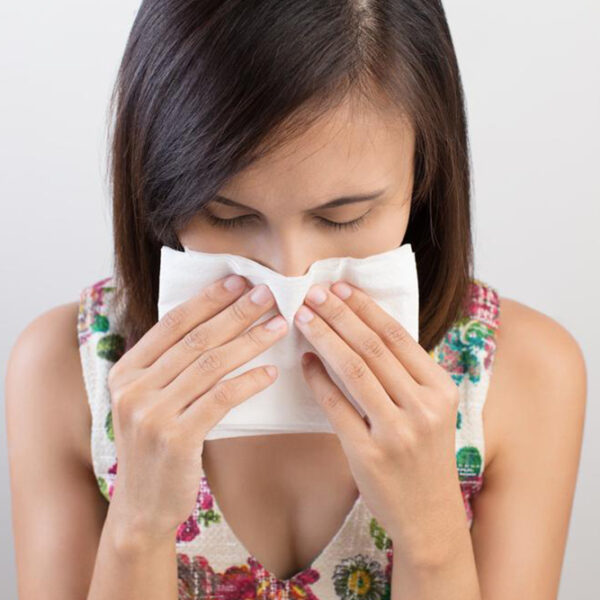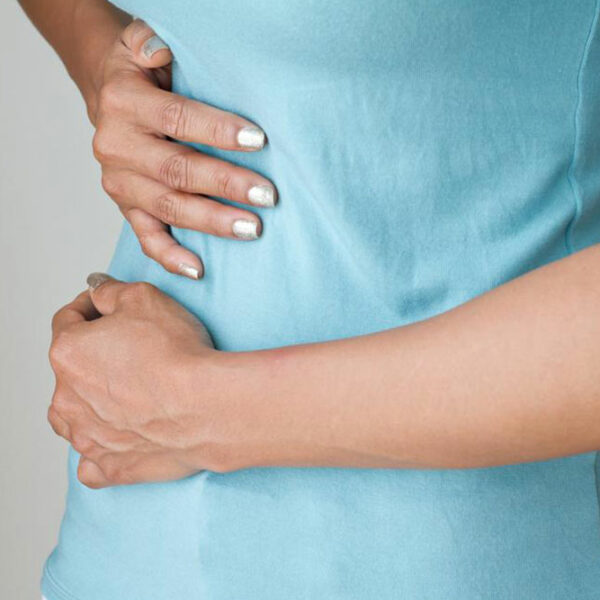
A few common causes of fatty liver disease
One of the main functions of the liver is to break down fats. So, the presence of a small percentage of fat in the liver is considered normal. However, there can be instances when nearly 5 to 10% of the liver’s weight is made of up of fats. This happens because there is an abnormal accumulation of liver cells leading to the development of excess fats in the liver. In such cases, a person is said to be suffering from fatty liver disease. There are two types of this condition: Alcoholic liver disease Nonalcoholic fatty liver disease The first is caused due to an excess consumption of alcohol. Not only a prolonged period of heavy drinking, but a short period of drinking excess alcohol can lead to fatty liver disease. Sometimes ALD can be hereditary and passed down the genes. Other causes of alcoholic fatty liver disease include the following: Being overweight or obese The presence of excess iron in the body Hepatitis C that causes inflammation of the liver Nonalcoholic fatty liver disease is caused due to an abnormal metabolism inside the liver. As mentioned earlier, the liver plays an important role in the metabolism of fat in the body.
